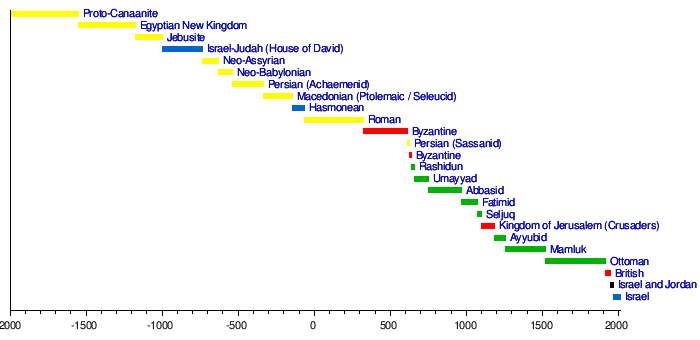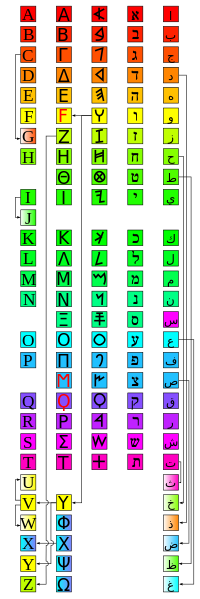Standing Stones
They are lonely sentinels on the ruins of ancient cities?gigantic stones erected by a past civilization, their purpose and message lost to history. They provide a glimpse into a custom that lies behind several significant stories in the Bible, and they are the foundation of modern practices in a Western world 6,000 miles and 3,000 years away. They are "standing stones."
The most impressive collection is in the high place at Gezer, where ten stones, some over 20 feet tall, stand in silent tribute to a long-forgotten event. Their size is probably evidence of the importance of what they represented. How they got there is uncertain, although clearly they came from some distance away.
Long before the Israelites arrived on the scene, pagans in the Middle East erected sacred stones to their gods. If one of their gods (or so they believed) caused an important event or provided a significant benefit, a stone was erected as a testimony to the action of the god. If a covenant or treaty was signed between cities or individuals, stones were erected to declare the agreement and to invoke the witness of the gods. Travelers who saw the standing stones would ask, "What happened here?" and the people who knew the story would give testimony to their gods.
To this Middle Eastern culture, God revealed himself so that he could accomplish the great work of restoring a lost world to himself. His people worshiped him and memorialized his acts of deliverance as their custom dictated: by erecting stones.
THE MASSEBOTH
These masseboth (singular: massebah, from the Hebrew word "to setup") are mentioned frequently in the Bible. On four occasions, Jacob erected a massebah after a significant event in his life. In Genesis 28, Jacob had a dream in which God spoke to him from the top of a stairway reaching to heaven. Overwhelmed, Jacob set up the stone he used as a pillow as a standing stone to God's presence at that site. In chapter 31, God called Jacob to return to the Promised Land. As he left the pagan world of Laban, his father-in-law, Jacob erected a standing stone as a witness of his decision to leave. Jacob returned to Bethel, the site of his dream years before, and next to the original massebah, God appeared again to reaffirm his love for him. Once more, Jacob erected a standing stone as a monument to the presence and power of God (Gen. 35). Finally, at Rachel's grave near Bethlehem (Gen. 35), Jacob set up one last stone, a reminder of his responsibility in his beloved wife's death (see Gen. 31:32) and the difficulty of living faithfully before God. God's covenant with Israel through Moses was represented by 12 masseboth at the foot of Mount Sinai (Ex. 24). They were a testimony to the great deliverance from Egypt and the faithful love God promised the Jewish people in the Sinai covenant. The occasional traveler who saw these stones would know that something significant had happened on this mountain, and if a member of God's people was present, the traveler would know that the God to whom the stones were dedicated was the one true God of the Hebrews.
The Book of Joshua records seven times that Joshua erected standing stones pointing to the dynamic power of God. The dividing of the Jordan River, which displayed God's power over the fertility gods the Canaanites believed caused flooding, was memorialized by 12 stones taken from the dry riverbed and erected on the bank, where they stood as an object lesson to Jewish children (Josh. 4). Near the end of his life, Joshua challenged the Israelites to serve the only real God. Their spontaneous response of "we will serve the LORD" (Josh. 24:21) was the occasion for another standing stone: "Then he took a large stone and set it up there under the oak near the holy place of the LORD" (Josh. 24:26).
THE EVIL MASSEBOTH
Canaan's gods encouraged sexual immorality and other perversions and even demanded human sacrifices. Their altars and standing stones were abominations to God, and his covenant with Moses demanded that the Israelites tear down these monuments to evil (Ex. 23:24; Deut. 7:5). The only standing stones God allowed were those that pointed directly to him, the one true God, the Lord of heaven and earth. Unfortunately, the Israelites often disobeyed God's command to focus the world's attention only upon him. During the reign of Rehoboam, for example, the people of Judah "set up for themselves...sacred stones" (1 Kings 14:23, emphasis added).
THE STELE
Our practice of placing tombstones over the graves of loved ones probably derives from a special standing stone called a stele (plural: stelae). These stones were erected as masseboth but had a story or an inscription carved on them explaining their significance. The monument erected by Saul at Carmel (1 Sam. 15:12) may well have been a stele. In the Middle East, archaeologists have unearthed many stelae, including one found in 1993 at Tel Dan that mentions the name "David," the only extra-biblical reference to David ever discovered.
No massebah or stele mentioned in the Bible has been found, though it is possible that someday that may occur. Nevertheless, we must find ways to remind ourselves of God's presence in human history and to lead others to him. In a sense, we must become standing stones ourselves?living testimonies to the power and love of God, pointing beyond ourselves to the God who is at work in our world as he was in the world of the Israelites.
Source:
http://www.followtherabbi.com/Brix?pageID=2783.









